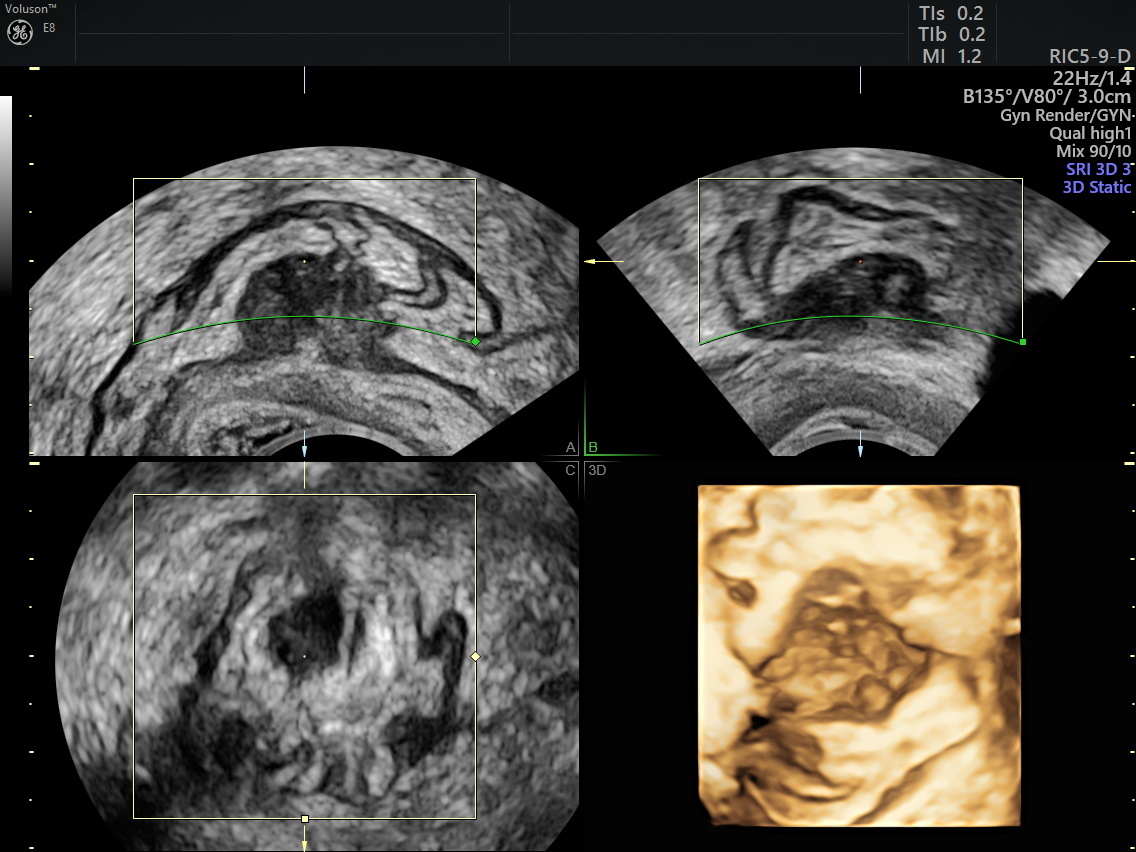It's long been believed that there's a connection between endometriosis and body mass index (BMI), but how is BMI — or other measures of weight and health — related to the stage and severity of the disease?
Endometriosis has been thought to be more prevalent among women with a low BMI. However, research has found that women who are overweight or obese tend to have worse disease and worse dysmenorrhea. In reality, BMI may not be correlated to endometriosis incidence overall.
Obesity and Endometriosis Pain and Severity
Endometriosis affects about 200 million people worldwide, according to the Endometriosis Foundation of America. Doctors and researchers are still not sure of the exact cause of the disorder, one in which cells normally found in the uterus are found implanted on other organs.
Using BMI as a measure of health or wellness is controversial, and frequently inaccurate, but when combined with waist circumference, BMI does tend to be a reliable measure of overweight and obesity. When it comes to understanding the relationship of weight to endometriosis, researchers tend to use BMI as a reference point.
Research in the Journal of Endometriosis and Pelvic Pain Disorders found that women with a normal BMI had higher rates of endometriosis than women who were overweight or obese. Somewhat surprisingly, it was not found to be most prevalent among women with a low BMI, but rather among women on the upper end of normal. The average BMI of women with endometriosis was 25 (just above the normal range of 18.5 to 24.99). Obese women tended to have more severe stages of the disease. The study enrolled more than 500 Australian women with pelvic pain and suspected endometriosis; 357 of them had endometriosis surgically confirmed.
Although the disease was more likely to be severe in those considered obese, there is not necessarily a connection between BMI and endometriosis pain. This research still did not find a direct correlation between stage and symptoms. Women with severe endometriosis may experience no pain, while women with stage 1 may suffer from high levels of pain. Many women with the disease have no symptoms at all.
Recent research in BMJ Open found that Chinese women found no association between body mass and the incidence of endometriosis. However, in this study, obesity was a risk factor for having endometriosis in Chinese women. Women with obesity were more likely to have severe dysmenorrhea.
Clinical Applications of the Research
Results of these studies may be used to stratify patients based on measures of overweight or obesity. Surgeons may want to allow more time when operating on obese women with endometriosis because there could be more tissue to remove.
This leaves us with the question: How to diagnose and treat endometriosis? Currently a pelvic exam — followed by transvaginal ultrasound and laparoscopy — is the standard way to diagnose endometriosis. Though laparoscopy is the only way to make an official diagnosis of the disease, transvaginal ultrasound provides valuable information, especially before surgical treatment. A 3D ultrasound can detect endometriomas that have formed in the ovaries, as well as deep infiltrating endometriosis. It may be beneficial to perform a 3D ultrasound for obese women with endometriosis to gain a better understanding of the severity and extent of the disease, particularly if deep infiltrating endometriosis is suspected.
Endometriosis is still not well understood, and additional research is needed to identify causes and mechanisms behind the development of the disease and its relationship to body weight, but current research has shed some light on the connection between body weight and endometriosis.

Deep Infiltrating Endometriosis
3D ultrasound helps doctors visualize deep infiltrating endometriosis with rectosigmoid involvement. This can help doctors determine the extent of disease.





